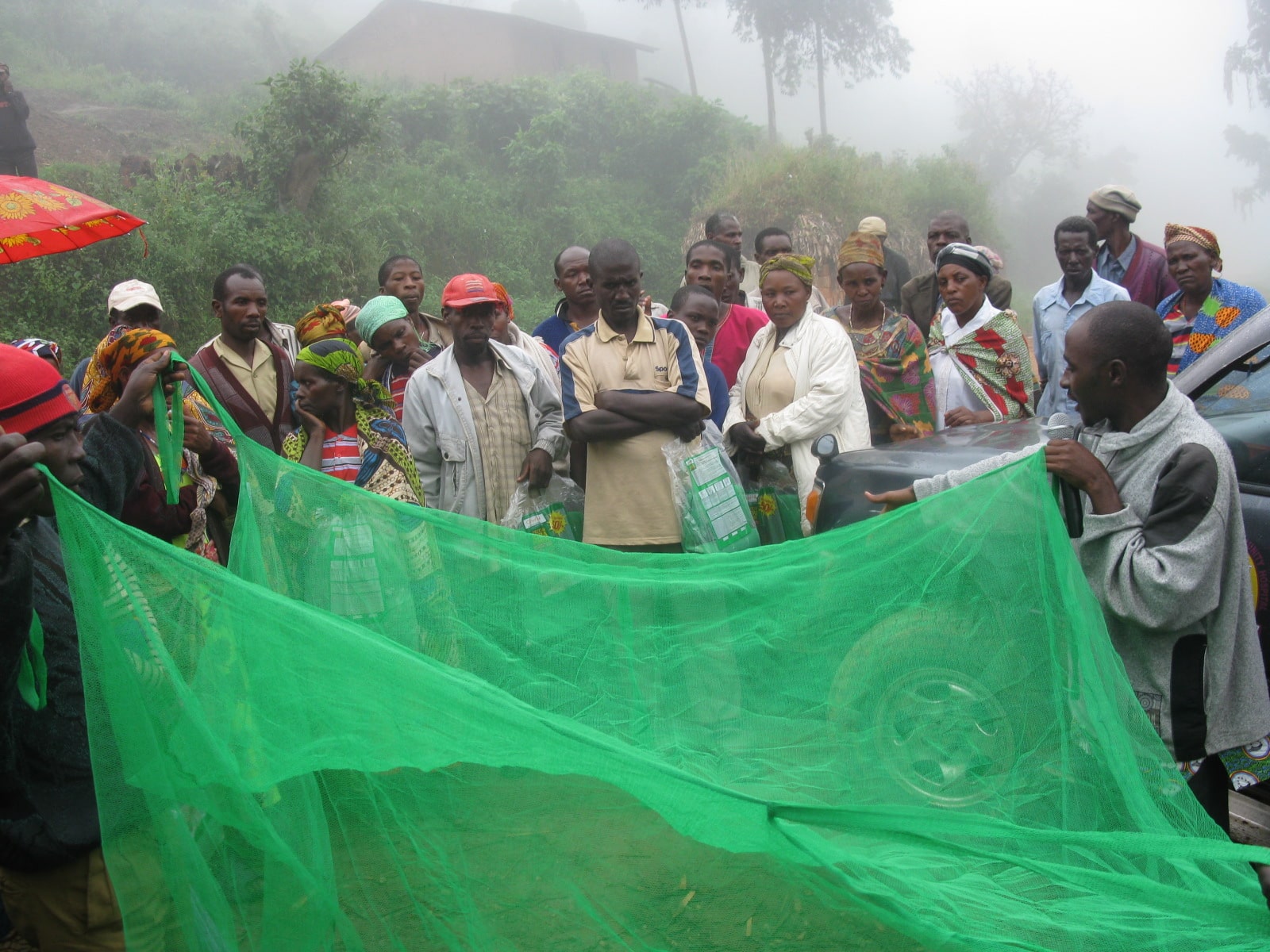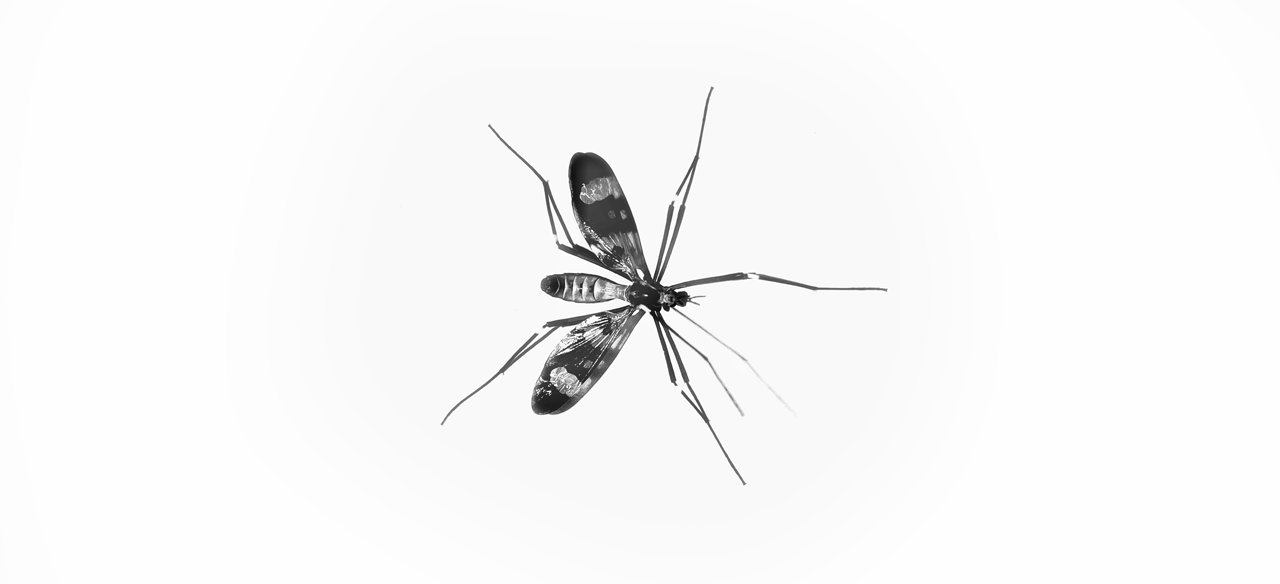Program—
Project Mosquito Net
Is Malaria still a Problem?
Globally, there were an estimated 228 million cases of malaria and 405,000 deaths in 2018. Ninety percent of malaria deaths occur in Sub-Saharan Africa and malaria is the leading cause of death for children under five with over 300,000 children dying in Africa every year. In addition, malaria is the single biggest drag on Africa’s economy with estimated losses of $12 billion a year. Malaria free countries have five times greater economic growth than countries with malaria. Each dollar invested in malaria control in Africa, returns $40 in economic growth.
Project Mosquito Nets was launched in 2005 as a joint effort between the Power of Love Foundation, the Orange County based non-profit Be the Cause (www.bethecause.org) and the Akado Medical Clinic located in Mbita, Kenya.
Mission
According to the WHO, sleeping under a net is one of the most effective ways to prevent malaria. In addition, the WHO recommends that nets should be provided free to ensure universal access to all.
Our mission is to reduce malaria deaths to zero as malaria is both preventable and curable. In addition, our goal is to improve knowledge about malaria and HIV. We believe that if we work with comunity partners we can eliminate malaria related deaths from Zambia.
For 2022, our plan is to provide 18,000-20,000 insecticide treated nets and education.
Goals

In Zambia, malaria transmission rates are high in all areas of the country. However, one-third of homes do not have nets and two-thirds have only one net. In order to achieve our goals of zero malaria deaths and improved knowledge about malaria, 15,000 insecticide treated bed nets and education was provided to vulnerable families in 2021.

Program Design
Project Mosquito Nets provides long lasting insecticide treated nets and education to vulnerable families in Zambia. Community residents, in urban and rural areas, are invited to attend malaria prevention program activities.
Activites include:
Information on the impact of malaria, especially on HIV+ children and pregnant women
How to identify the signs/symptoms of malaria
Instruction on the removal of mosquito breeding grounds through drainage maintenance
Demonstrations on how to correctly use and maintain nets.
How to clean and store nets.
How to re-treat nets every six months
Provision of nets.
